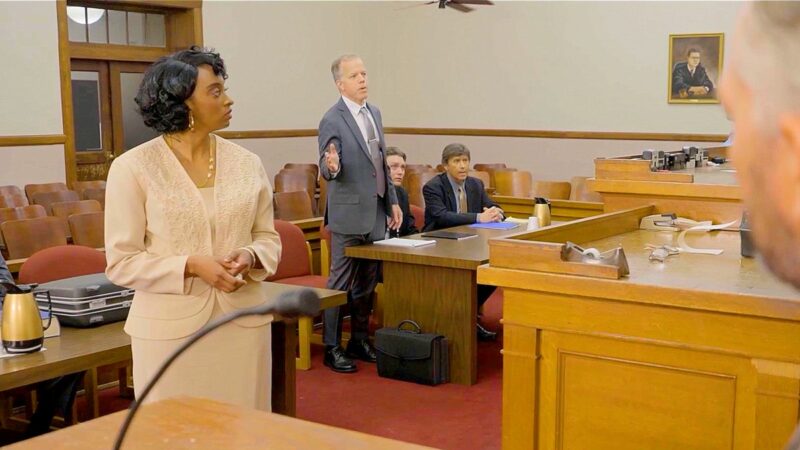Jimmy Olsson is a Swedish filmmaker who created his unique visual style through intention, collaboration, and perseverance
by Oladapo Bamidele
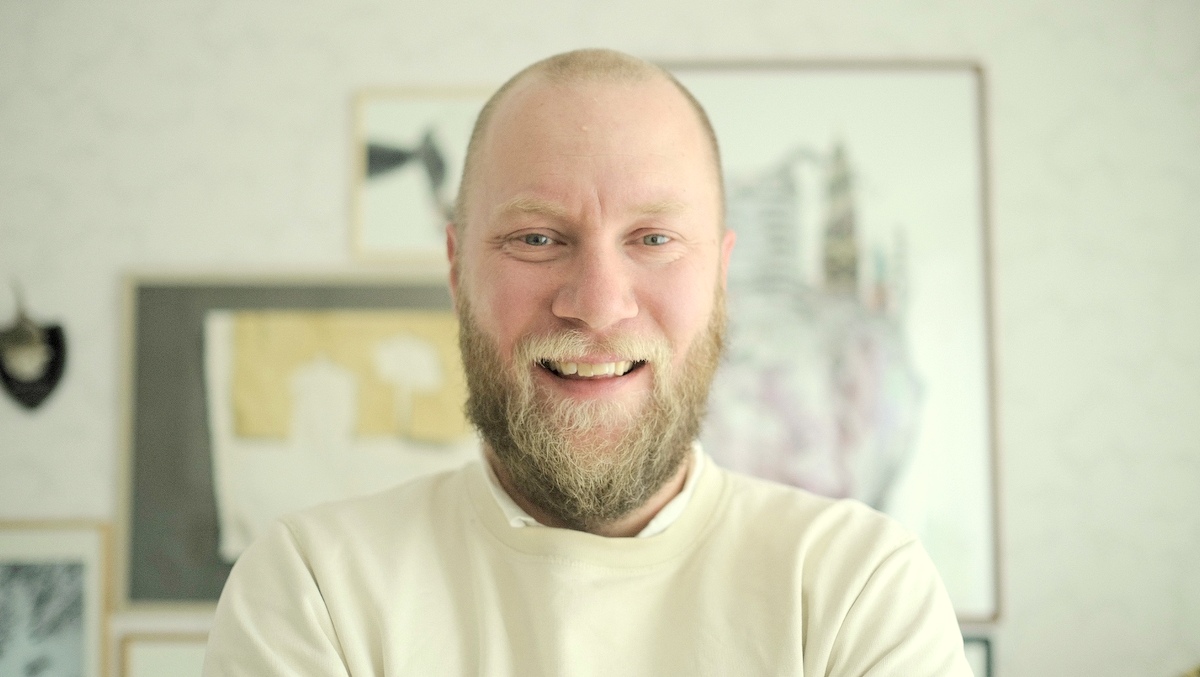
Jimmy Olsson is a Swedish filmmaker who through intension, collaboration, and perseverance has created a unique visual style or trademark film style for his 12+ shorts and one feature, Fiktiv Granskning. He pulled on his filmmaking archive knowledge to share his values, procedures, methods and filmmaking process behind his 10 year+ filmmaking journey.
8 things that determined my trademark film style
1. Ideology,
2. Theme,
3. Moral Philosophy,
4. Protagonist,
5. Collaboration,
6. Film Design or Texture,
7. Visual Effects or VFX,
8. Genre.
Ideology
How does a film director create a distinctive approach or unique visual style or become an auteur?
I have been making films for a long time. Plus, I’ve tried a lot of things; visually and in storytelling. It wasn’t my choice to become an auteur, rather, it was a necessity. I discovered you have to write your own things to make it happen, or that is what I thought at the time, over 10 years ago.
I wanted to have control of my storytelling, to create a trademark visual style. But, I knew that I needed to like the story to tell it. But, when you’re a greenhorn, and starting out, the scripts you get are from friends. Who are also starting out. are perhaps what you can tell. Mostly, they aren’t your taste or maybe you aren’t able to tell them properly.
My storyteller-types
I have always been a fan of the trademark film styles of Michael Haneke, Tarkovskij, Bergman, The Dardenne Brothers, and Von Trier. It’s a hefty mix of storytellers, and I have never tried to copy any of them. But, I draw inspiration from their unique visual style or works, to create mine. In recent years, I have stuck with the notion that I want to create stories in a world much like the Dardenne brothers world. But, themes could come from Haneke.

I mix genre of drama and comedy
I have noticed that I handle comedy just as well as drama. And, I really enjoy making either, but there is a key element that I always start from and that is darkness. This element fed immediately into a unique visual style of filmmaking. Darkness is necessary to find the light in the end. I do enjoy somewhat happy endings. But, I strive for the audience to have a think after they have seen something I have made.
My Stories Come From Real Life Experience
All of my films always start with something I have seen in real life or read about. My first professional short film Repressed came out of an incident that I saw on the tube in Stockholm. A young couple, around 16 or 17 years of age came onboard the tube.
The girl was really wasted. There were a few guys around them cheering the guy on to take her home to his place. I watched from a couple of seats back, and stepped up to them, and called for help. My gut feeling, “something really bad could happen to the poor girl”. So, I made sure it didn’t. Yet at this point I wasn’t entirely aware of a trademark film style.
Watch a short clip from Repressed, the first short film made by Jimmy Olsson
Start Out Small
That was the starting point of the short Repressed I made in 2011. But, I needed to add something to the story to make it interesting. It was the beginning of expressing my unique visual style. I needed to add some stakes, so I added to the main character that perhaps he has done something similar when he was their age, And he opens up just to save the girl.
I knew that I wanted to create a real-time experience, so I decided to shoot it in one take. The whole thing and everything takes place on a bus, for budget constraints. That’s really difficult to do. And we only had one night to shoot it.
Write From Your Heart
I never think about the unique visual style of filmmakers I admire when I shoot. Sometimes, I try to shoot a homage to someone in a single shot. Perhaps or to leave an Easter egg for film nerds to see. But, when I write. it is from my heart. But. I have watched so many films for this long past years. So, my taste is what it is, my stories and tone are based from that. I guess a lot of references are in the back of my brain to bring out when I write scenes and characters.
Theme
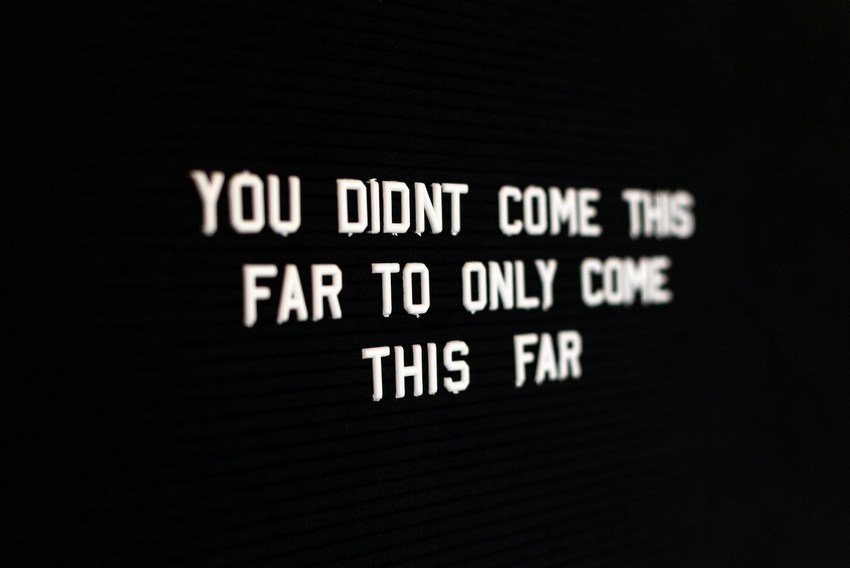
What themes feeds you unique visual style, repeats in your films and writing? Why these themes?
I’m a drama guy, but a subtle one. The theme characterizes my films, making it the second element that feeds into my unique visual style. People needn’t scream or fight in my films to show emotions. I’m very interested in psychology and inner emotions. I do enjoy people’s behaviour. I don’t think I repeat myself when I make films. But, I always try to include myself in my stories, my thoughts and values, and prejudice. It makes it more real to me if I do that. It’s easier to write something you know something about.
In an interview I did when I had made Alive, I was asked how I could write a handicapped character. I was a bit shocked to get that question. But, as I mentioned earlier, I start from a “darkness” theme, while trying to navigate towards “light“, even, if it was a comedy actually. I often tend to write about frailty and friendship, and love as themes of my story written into the screenplay. I guess that’s where you find good drama. And that carried over into my trademark film style.
Moral Philosophy
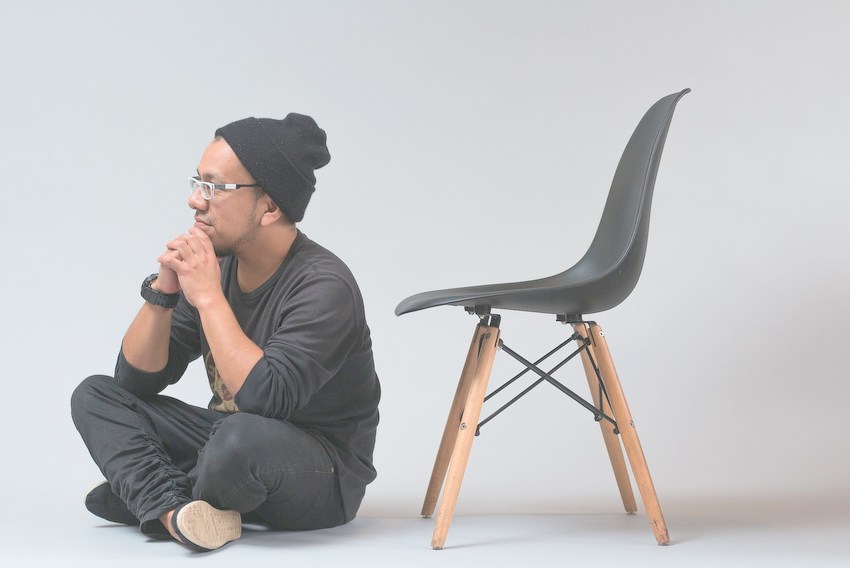
Does your philosophy dictate the marketing of your films?
When it comes to distribution, you need a working marketing plan. But, I never think about that really. If it’s a good film, then it’s a good film. The audience will respond to it positively. I always try to make a visually unique film that works for the audience. My distributor never argues with me about what works, and what doesn’t. She doesn’t even have an objective as to a trademark film style as such. I trust my judgement of what a good story is but I try to write stories that work universally.
When I made 2nd Class I knew it was going to work well at the festivals. Because it was mid-Trump, Marine Le Pen, and Bolsonaro time in the world to name a few. But, when I made Notes, I actually thought that was going to be a smash hit. It wasn’t! Yet, my unique visual style improved, and it made the Vimeo Staff Pick, and got picked by Omeleto. But, it didn’t work that well on the film festival circuit as I thought I would.
Protagonist
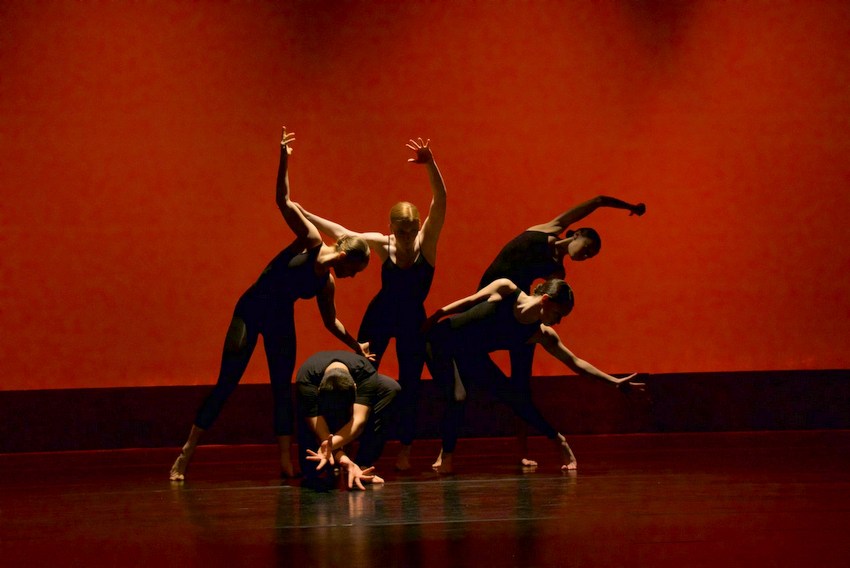
What do your protagonist’s struggle with mostly in their film?
Since I incorporate myself in all my films, I always write a protagonist with an internal struggle. This constant is evident in my unique visual style or trademark film style. There is always some anxiety which is close to my own feelings. I find it easier to understand the character then and then it’s also easier to write them, I think in a good story the protagonist needs to overcome their inner obstacles to develop and carry on in life. But that also depends on the theme in the film. In the latest film I try to convey an unfair father, and make him human and interesting with his own wants and needs. He tries to grab on to the last thing he feels that he has.
In “in your interest” we have a robber who is struggling to make ends meet. He finds a helpful and warm clerk who helps him out. In Notes we have a guy who after a break up with his girlfriend tries to talk about his feelings and sorrow with the help of a piano and Beethoven. In Alive we have a protagonist who takes control of her own agency and defies the prejudice by saying that the guy she had sex with wasn’t her type and in 2nd Class we have a teacher who chooses to talk with her student even though his father was the one who attacked her
Collaboration
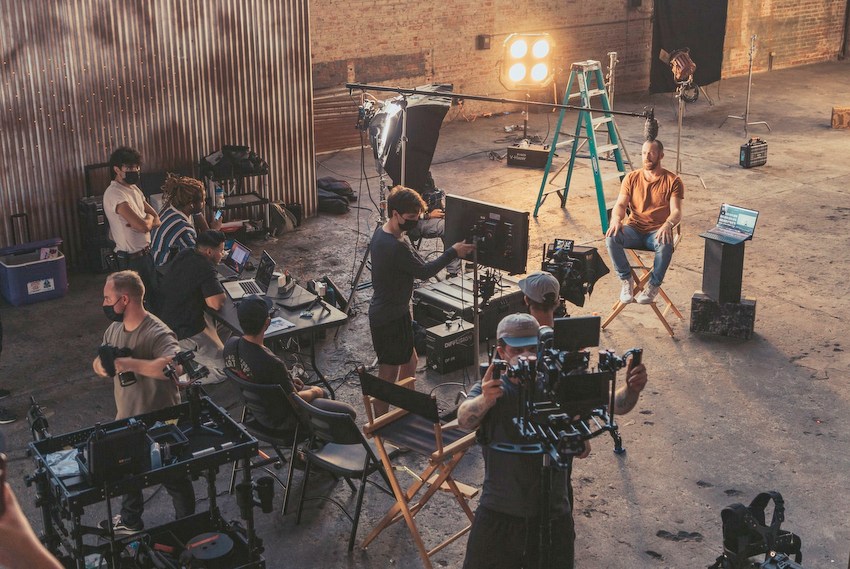
Talk to us about your concept of collaboration with actors, cinematographer and score?
Actors are really important to me. This is my strong point, when it comes to filmmaking. I always choose carefully with whom I want to work with. When I audition them, I go with the gut feeling I have. And what kind of images that pop up in my head. If I see them clearly in my head then, they are the right ones.
I talk a lot with them during pre-production and give them my view of things. Often the script is written in a basic form, so there are rarely mishaps or misunderstandings.
When I made Alive, Eva Johansson prepared for 6 weeks to do the part, as Victoria in a wheelchair. And when we were on set, I didn’t have to do much, save for to remind her of what temperature she was having. And going for and to remind her about her speech. Her character had a speech impediment. If I have to micromanage my actors on set, then I probably have done something wrong in pre-production or maybe chosen badly.
The Official Trailer for LAST WEEKEND WITH JENNY & JOHN
I tend to work with different DOPs all the time and that is because I try to find a long term collaboration but some people have their own style and their own strengths and weaknesses and to be honest sometimes you can’t afford the ones you really want to work with.
But my goal is always trying to find a collaboration when a DoP is engaged and passionate and one who understands my vision. That said, I’m really pleased with the way my films look. They all have a different style and they all have different DPs.
Now that I have done 15 short films, I have learned a lot of what I like, and what I can get from certain creators. My latest collaboration with Anna Smoronova was really successful. I had Johannes Vermeer as a reference, and she really got that. Plus, I think that Last Weekend with Jenny and John is the most beautiful film I have made to date. I guess you learn deeply from each project you undertake. Which is the point of independent filmmaking. Filmmakers can experiment, try alternatives, while operating a trial-error model.
The Official Trailer for ALIVE
When it comes to scoring for film I’m very picky. I’m obsessed with music, and I think music plays a big role in films. The score is half of the film. But, I don’t always have the tools to express what’s right and wrong. So, I try to find references of what I’m after. In the latest film (Last Weekend with Jenny and John), I had two composers, one from the US, and the other from Sweden.
They had a great collaboration. The guy from Sweden played piano, and we had a lot of talks about what it should be and after a while he found the right thing. Then, I sent it to my Cello player in the US. I asked him to match the Swedish Piano piece with something on a minor scale, and he came up with something truly beautiful.
When I made Alive, I wanted something like Johan Johannsson. There is a piece from a record called 12 conversations with Thilo Heinzmann, and I asked my friend Thomas to try to make something similar to that. We struggled with the end credits song so I asked Peter Gregson, a world renowned Cello player to record something like Max Richter could do and he was kind enough to record a piece that was heartwarming.
Watch Official Trailer for NOTES
When I made 2nd Class, I didn’t want any music until the end. I chose to allow the texture of story, push the signature film style. At the time I was listening a lot to a one man band called message to bears, and he let me use one of his songs as end credits.
I’m always very thorough when I plan or design for my films. I do pay close careful attention to my trademark visual style. Yet, I’m also very keen to hear or open to what my other co-creators or collaborators come up with. So, I’m open collaborations with them, by asking questions. I do always know what I want, but, sometimes it’s hard to express.
If you have chosen a good co-creator or collaborator, they are able to present you alternatives. The collaborations should also include how their ideas fit into you signature film style, of which they are aware.
Film Design/Texture
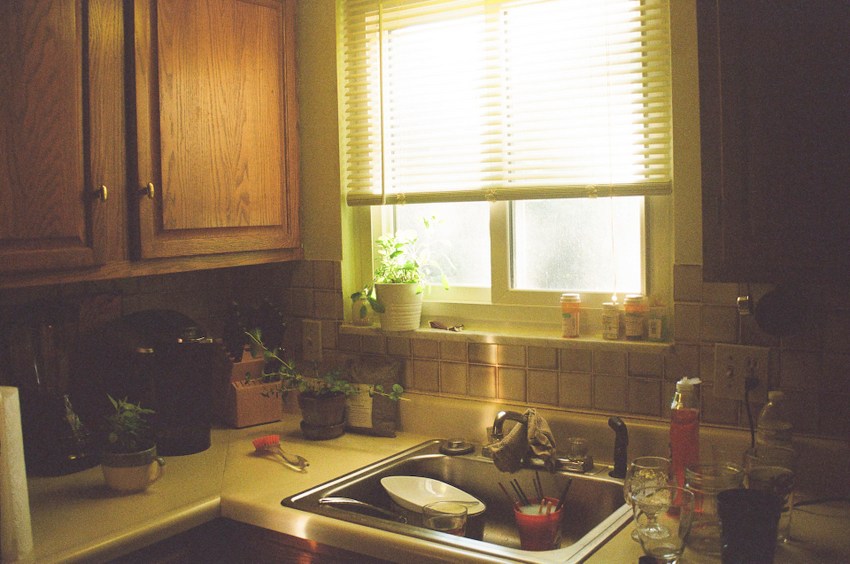
What uniqueness do production designers add to your film?
Most independent film tend to suffer from a professional touch, it comes across as amateurish. So, when you are making an independent film, you don’t want it to look like an independent film. You go for a look and style that sells it, or sets it apart – a unique visual style. Yet, it’s a luxury to have a production designer on an independent production which is already micro-budget.
Usually, you will settle for a great location that is already dressed. Perhaps seed the production with props from your archives or past films. Yes, you will stock-up on props, even run your self as a property master, before you can afford to hire one. And for a time, a filmmakers signature film style leads to choices you make on bigger independent productions.
That’s been the case in my previous short films; Repressed, 2nd Class, Alive, and Notes. But in my latest film, I had the money to hire a production designer. It was quite necessary! For example, the filmmakers were presented with a challenge (problem) in the script.
Watch Official Trailer for 2nd Class
We needed to find a hotel with interconnected rooms. Yet, the only hotel with such feature in the town we shot in was unusable. So, we decided to find an alternative. Which when we did, was remade with its rooms into two, or we made it seem like it did, at least. I think we managed that profoundly well.
The DOP, and I had discussed the film’s color scheme beforehand, relating it to its unique visual style. The production designer found all the props, and bought all fabrics she needed. I don’t think production design adds something unique to my films. I like it when my signature film style pushes a super-realistic and minimalistic visual metaphor.
So, the only thing we can add, and enhance are certain colors really. In my film Notes, we didn’t have a production designer. I found an apartment that was for certain guests in a building. It was perfectly dull for the main character, since he was renting an apartment temporarily. It became a stronger story, when the apartment was so sparsely furnished.
Visual Effects

How do you find the process of filmmaking as an indie filmmaker?
Almost every film I have made is always under financed. Much of this has dictated my unique visual style. It’s really difficult to convince people to join an indie production, because they give so much of their time with minimum pay. In the beginning, when I started out, it was easier to find people. Because they were also starting out, and they were eager to show their skills. Now, you tend to want the best people as you have developed into a filmmaker. The thing is, the best people, don’t work for free.
Having been in the industry for some time you get to know a lot of industry people. And, you unique visual style also sets you apart from the general filmmaker groups. Film festival curators, producers are able to spot your trademark film style easier. I still get a lot of discounts, and help, but it is really difficult to pull through a full indie production. You have to work really hard, and do a lot on your own.
Now, that I have done 15 shorts, mostly produced by myself, it’s hard to find the motivation to go through the process. You need help, and you need money. It’s not a goal for me to remain an indie filmmaker. I have to surpass it. I want to develop more, to make bigger, better films. Then you will need a lot of good help.
Genre
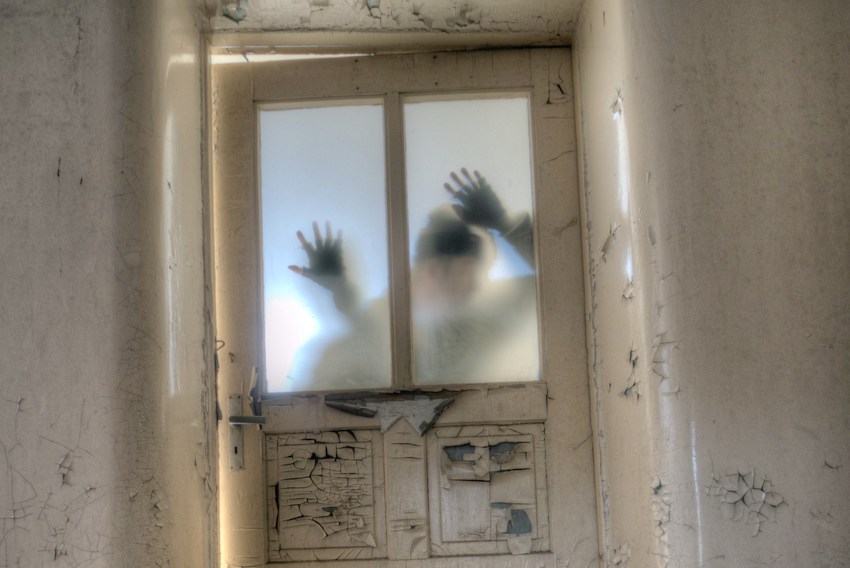
Why choose a genre? Does genre deliver for you, or do you have to recreate genre?
My genre is drama. I want to portray real-life, and real relationships using a signature film style. So, my go to is always drama or dramedy. It trickles though my unique visual style. I’m always looking for what happens inside a character, and what she’ll be going through. I think that is always best portrayed in a real drama.
Conclusion
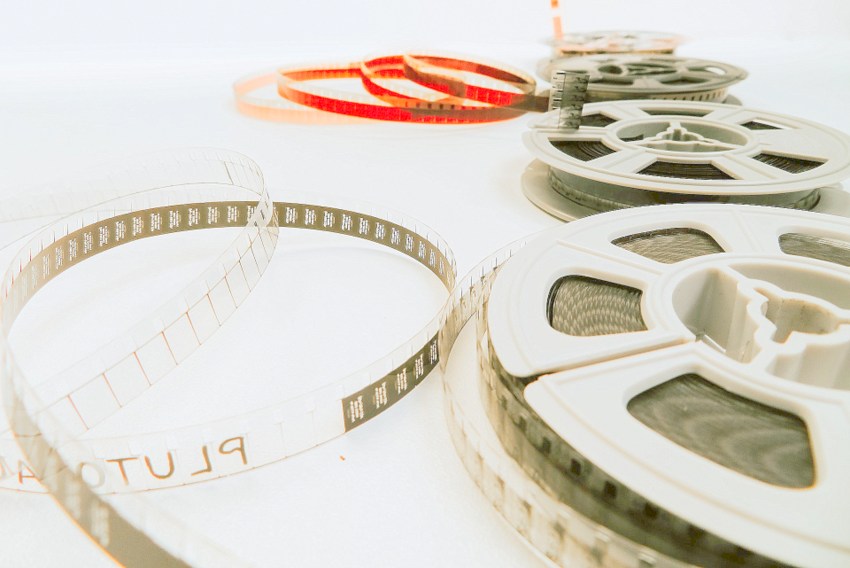
Independent filmmaking is based on a small budget. How have you got your films before audiences?
If you have a good film, a unique visual style, then it isn’t that hard to get it in front of an audience. There are a lot of short film distributors around, and they have good connections with the festivals. They can help independent filmmakers save money submitting to festivals. I always submit to bigger festivals, and I submit to quite a lot, because you basically only get accepted to 10% of festivals anyway.
Distribution costs money, but you save a lot in the long run. Because, distributors get you waivers, and that is a really good thing. My tip is to aim for real festivals, and not go chasing for the laurels or awards. There are a lot of festivals out there that are fake, and they aren’t prestigious at all.
If you enter a bigger festival the word about a filmmakers signature film style gets around much easier.
About Jimmy Olsson
Jimmy´s short films have won numerous awards all over the world. His signature film style has contributed to his story immensely. The trademark film style his film depict resonate with audiences. For example, his film 2nd Class has played over 170 festivals and claimed 65 awards. He followed up that film with Alive which won the Huesca international film festival and became Oscar qualified and has won over 25 awards after that.
Alive and 2nd Class were picked for Vimeo Staff Picks, Short of the week and Omeleto. His comedic short mockumentaries have been a big success on the national broadcaster SVT and been seen by over 3 million.
He is currently writing and developing several series and features. In 2022 he made his debut feature Fiktiv Granskning highlighting his trademark film style.
The Official Trailer for Fiktiv Granskning
Tell us what you think of the article. What do you think of it? What ideas did you get? Do you have any suggestions? Or did it help you? Let’s have your comments below and/or on Facebook, Instagram, or Twitter.
Socials
Website
IMDb
Instagram
Twitter
Vimeo
MORE STORIES FOR YOU
In Camera by Naqqash Khlalid Launch on VOD April 29
Naqqash Khlalid’s Directs Nabhan Rizwan. In Camera stars an EE BAFTA Rising Star Award Nominee.
2025 Philip K. Dick Sci-Fi Film Festival Award Winners Announced
Vanessa Ly’s Memories of the Future Awarded Best PKD Feature
Dreaming of You by Jack McCafferty Debuts VOD & DVD for April Release
Freestyle Acquires “Dreaming of You” for April 15th Release
Hello Stranger by Paul Raschid set for London Games Festival & BIFFF
The film Is set for an April 10th Premiere at The Genesis Cinema in London (LGF) and BIFFF
Daydreamers Official Trailer by Timothy Linh Bui: Released by Dark Star Pictures
Daydreamers Vietnamese Vampire Thriller – May 2nd release
Afternooner by The Harrow Brothers: Funniest Movie of the Decade on VOD & DVD April
Freestyle Acquires “Afternooner” for April Release

